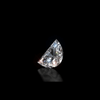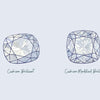
Diamond Fell Out of Ring: Steps to Take for Recovery and Repair
Discovering that a diamond has fallen out of a ring can be an unsettling experience. I understand the value and sentiment often embodied in such a piece of jewelry. It's not just the financial worth, but also the emotional significance that makes the loss distressing. Whether it's an engagement ring, a family heirloom, or a personal indulgence, a missing diamond calls for immediate action to prevent further loss or damage.
- Understanding Diamond Settings
- The Reality of Wear and Tear
- Recognizing and Addressing Damage
- Steps to Take When a Diamond Falls Out
- Preventative Measures
- Navigating Insurance and Warranties
- Professional Services for Repair and Replacement
- Considerations for Upgrading Your Ring
- Frequently Asked Questions
I recommend taking a pragmatic approach by first examining the ring for any additional vulnerabilities, such as bent prongs or a weakened setting. These signs often suggest that the ring may require professional attention even beyond just replacing the lost diamond. By understanding the common reasons diamonds fall out, like routine wear and tear or impact from physical activities, I can take preventative measures in the future to ensure the longevity and security of my precious jewelry.
If the diamond from my ring has gone missing, I'm faced with a crucial decision: whether to seek a replacement stone or to find the original diamond. Should I happen to recover the lost gem, a skilled jeweler will prove invaluable in securely resetting it. However, if the original diamond is lost, purchasing a new one or considering alternatives like lab-grown diamonds becomes a viable course of action. Such options often provide a cost-effective yet equally beautiful replacement.
Understanding Diamond Settings
In my experience, ensuring a diamond is securely set within a ring is crucial for both its aesthetic appeal and long-term security. Let's explore the different settings, common issues they may encounter, and how metal types play a role in the security of a diamond.
Types of Ring Settings
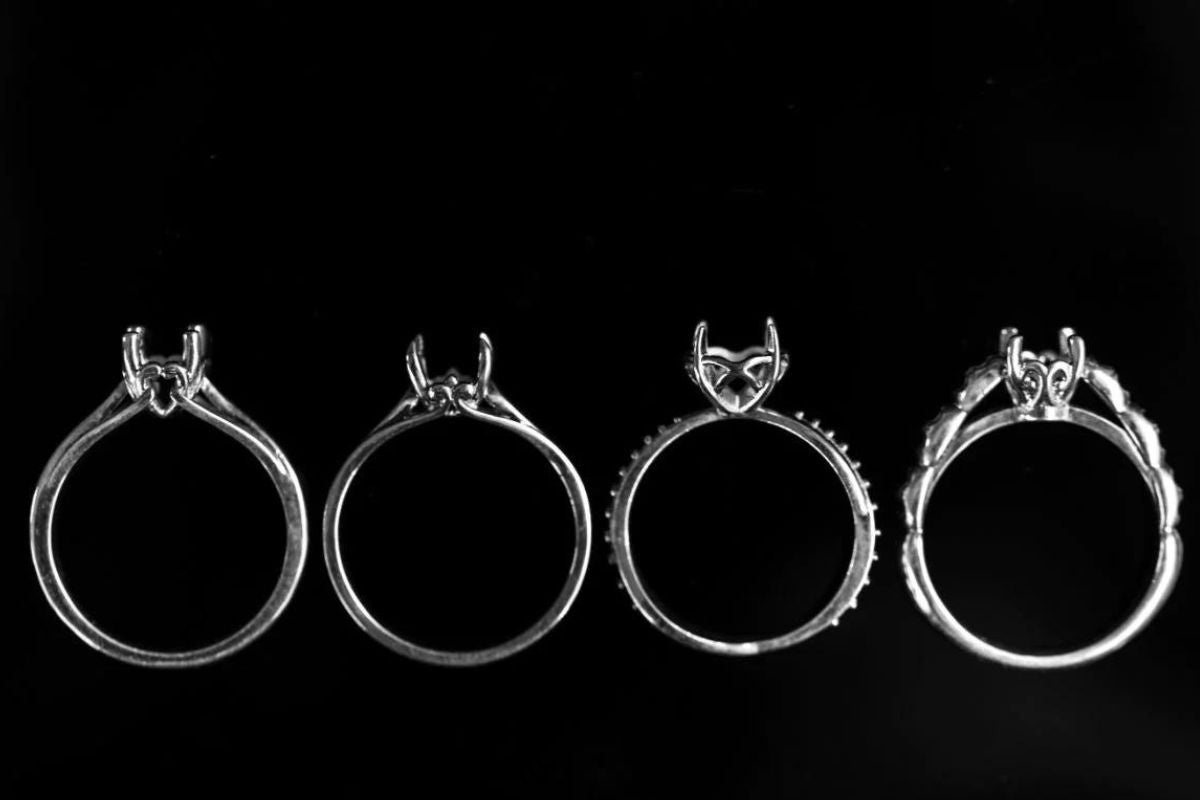
- Prong setting: This is the most common type for an engagement ring, where metal prongs bend over the diamond to hold it in place. Typically, there can be four to six prongs; fewer prongs can display more of the diamond while more prongs provide better security.
- Bezel setting: Here, a metal rim surrounds the diamond, either fully or partially. It's one of the most secure settings since the metal fully wraps around the stone.
- Channel setting: Diamonds in this setting are placed into a channel made in the ring metal and firmly held by the metal on either side. I've found this setting offers good protection to the diamond's edges.
Common Setting Issues
Over time, wear and tear on a ring can lead to common issues like:
- Loose prongs: Daily activities may cause prongs to become loose, potentially leading to a lost diamond.
- Worn metal: The metal holding the diamond can wear down, particularly if made of a softer metal like gold.
- Deformed ring: An impact can deform the ring, altering the setting's shape and grip.
I advise regular inspections of your ring's setting by a professional to ensure the stones remain secure.
Role of Metal Types in Securing Diamonds
The metal type of the setting is vital for the diamond's security.
- Platinum: This is a dense, durable metal that holds diamonds firmly in place. However, it's also heavier and more expensive.
- White gold: White gold is lighter and less expensive but may require more maintenance due to wear over time.
I personally recommend considering the type of metal not only for its aesthetic but also for the level of security it provides to the diamond setting.
The Reality of Wear and Tear

Regular daily wear can lead to the gradual degradation of ring settings, which I see quite often. Over time, the prongs that hold a diamond in place can become worn or bent, increasing the risk of the stone falling out. It's crucial to be aware of how day-to-day activities can contribute to this wear and tear.
Daily Activities and Their Impact:
- Household chores: Exposure to harsh chemicals can wear down metal over time.
- Physical activities: Bumps and knocks can bend or snap prongs.
- Professional work: Certain professions that require manual labor can accelerate wear to the ring.
I recommend periodic inspections of jewelry to prevent the loss of a diamond due to wear and tear. Any signs of damage or loosening should be addressed promptly.
Signs to Look For:
- Prongs that are visibly bent or thinning
- A diamond that moves when touched or has visible space around it
- Any sharp edges on prongs that can catch on fabric
It is a good practice to have my ring checked by a professional jeweler at least once a year. They will examine the prongs and overall setting for integrity, ensuring the diamond remains secure. If I notice signs of wear or any damage to my ring, I should not delay having it assessed by a jeweler. Quick action can often mean the difference between tightening a loose diamond and replacing a lost one.
Recognizing and Addressing Damage
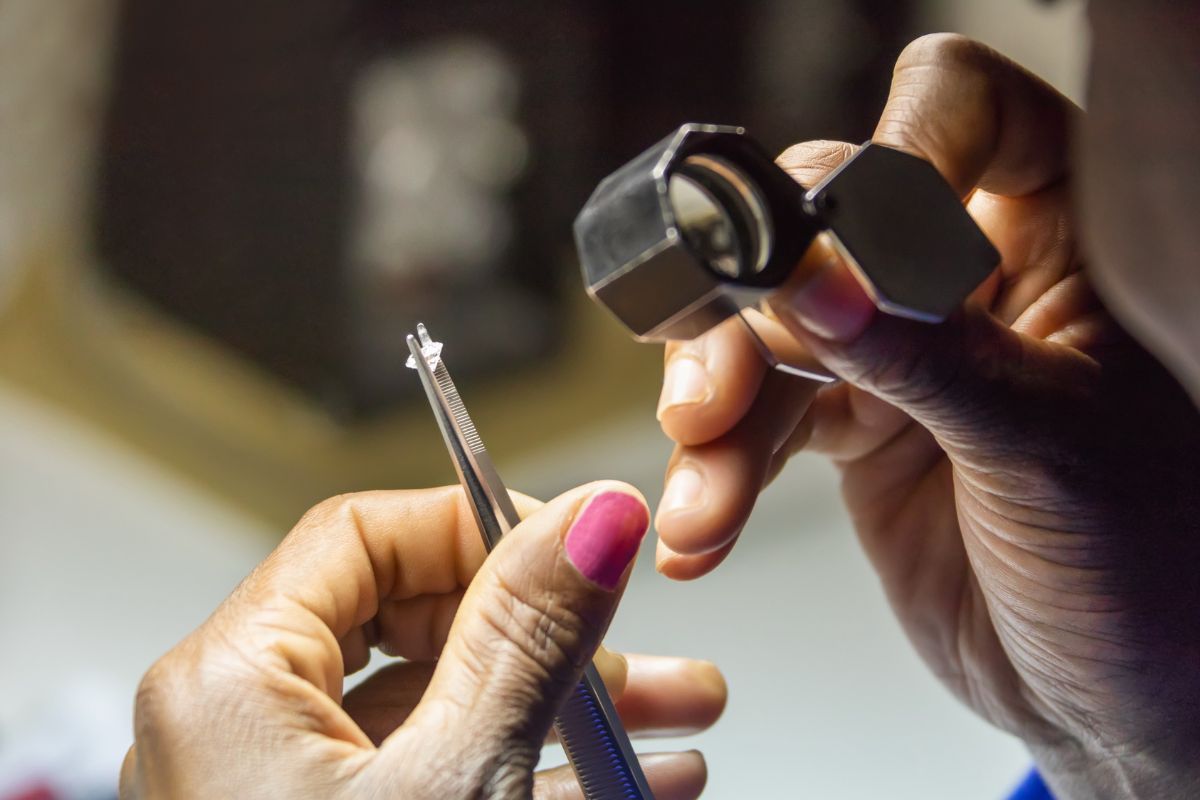
When examining a diamond ring for damage, my main focus is on two aspects: the condition of the stones and the impact this damage might have on the ring's overall value. It's crucial to detect issues early and consult a professional for repair to maintain the ring's integrity and worth.
Identifying Loose Stones
Before anything else, I check for loose stones. This is an essential step because a stone that rattles slightly within its setting indicates a risk for falling out. Here's how I methodically inspect for looseness:
- Visual Inspection: I examine the ring closely from multiple angles, looking for any signs that the diamond doesn’t sit flush in its setting.
- Tactile Test: Using a tool like a pair of tweezers, I gently apply pressure to see if the stone moves. If I don’t have professional tools, I'll sometimes use the end of a paperclip, but with great care to avoid scratching the stone or metal.
Note: I'm careful to ensure my hands are clean and the area is secure, ideally over a soft surface so as not to lose the gemstone if it falls.
Impact of Damage on Diamond Value
Damage to a ring, especially if it involves a loss or alteration of the diamond, can significantly reduce its value. Here's what I consider when evaluating the impact:
- Clarity and Color: Any damage can alter these attributes, so I assess if the diamond has sustained chips or cracks which may affect its transparency or cause discoloration.
- Cut: The cut's quality can be compromised if the diamond is knocked out of alignment, which in turn influences the stone's brilliance and value. If I observe any alterations, I document them.
- Craftsmanship: Poor craftsmanship can lead to future problems. If I suspect that my ring's setting is flawed, I consult a jeweler for an expert opinion.
Repair is crucial: I prefer to take my ring to a professional jeweler for an inspection and necessary repair as soon as damage is noticed. The faster a loose stone is secured or damage is addressed, the better the chances are of maintaining my ring's value and avoiding further loss or deterioration.
Steps to Take When a Diamond Falls Out
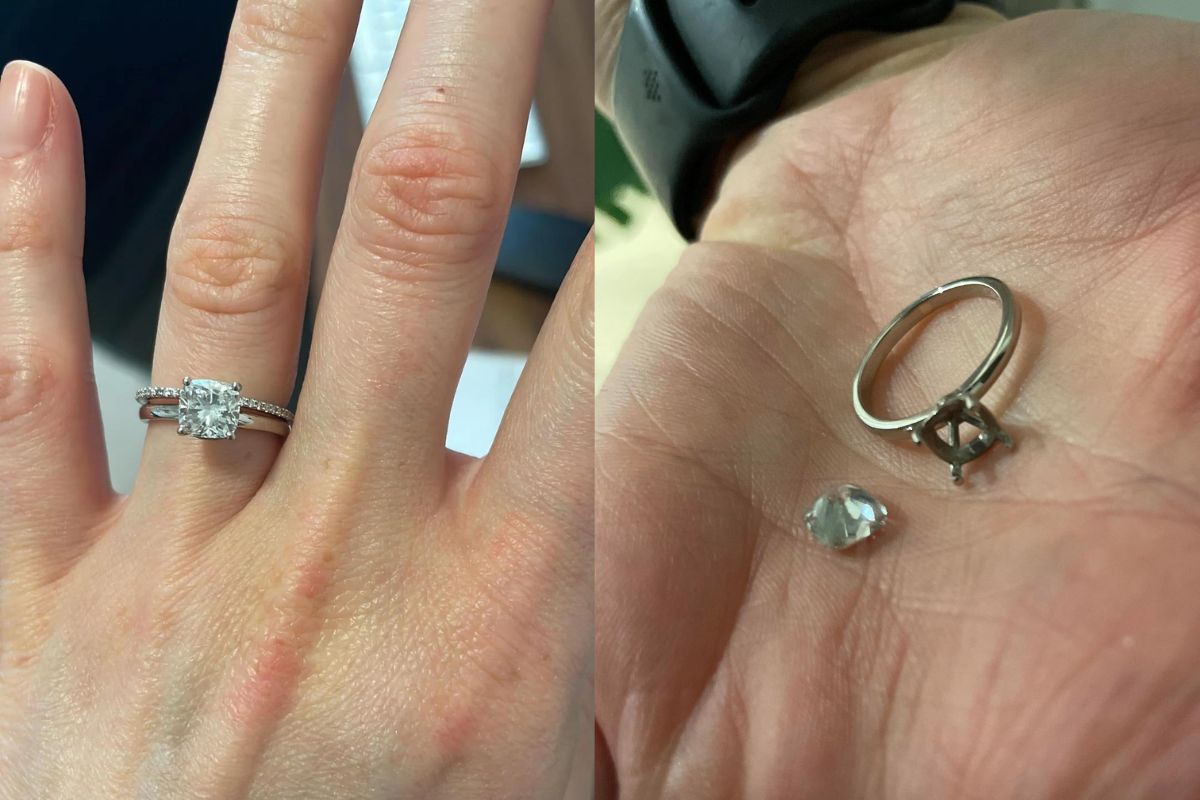
| Step | Action |
|---|---|
| 1 | Stay calm and don't panic. |
| 2 | Search the immediate area where the diamond may have fallen. |
| 3 | If the diamond is not found, check your clothing and accessories. |
| 4 | Inspect the ring setting carefully for any damage that may have caused the diamond to fall out. |
| 5 | Contact a professional jeweler for repair or replacement options. |
When I notice my diamond has fallen out of its setting, I take immediate and careful steps to address the issue. Firstly, I remain calm and begin to retrace my steps. I check areas where I've been recently, including common places like beds, couches, and desks. It's important for me to search meticulously because diamonds can easily blend into the environment.
I make sure to use a flashlight or any available light source to enhance my search, especially in dimly lit areas where the reflective qualities of a diamond might stand out. If, despite my efforts, I can't find my diamond, I make a point to promptly notify my insurance company, if it's insured, to understand my coverage options.
If I'm fortunate to find my loose diamond, I safely store it and take it to a reputable jeweler. There, the jeweler can assess both the stone and the ring for any damage. They can securely re-set the diamond or provide options for a new setting if necessary. I take note to discuss preventive measures with the jeweler to avoid future incidents, such as regular inspections and maintenance advice.
To lessen the risk of a missing stone, I also adopt preventive habits. This includes removing my ring during activities that could jostle the diamond loose, such as vigorous exercise or manual labor. By incorporating these habits and following these steps, I can confidently manage the situation if my diamond ever falls out again.
Preventative Measures
| Measure | Action |
|---|---|
| Regular Inspection | Regularly inspect the setting of your diamond ring for any signs of wear or damage. |
| Avoidance | Avoid wearing your diamond ring during activities that may subject it to rough treatment or impact. |
| Maintenance | Ensure proper maintenance of your ring, including periodic cleaning and prong tightening by a professional jeweler. |
| Additional Security | Consider adding additional security measures such as a ring guard or insurance coverage for your jewelry. |
To minimize the risk of my diamond falling out of my engagement ring, I adopt two key strategies: routine inspection and maintenance, and safe practices during physical activities. Both methods are essential in prevention, ensuring the longevity and security of the ring throughout daily wear.
Routine Inspection and Maintenance
I schedule regular visits with my jeweler to inspect the setting of my diamond. The expert checks for any signs of damage, loose prongs, or wear and tear that could lead to my diamond loosening. It’s a proactive step to:
- Identify early signs of potential problems.
- Perform necessary repairs to maintain the ring's integrity.
I have found that cleaning should be done delicately to avoid dislodging the diamond, and any cleaning with harsh chemicals or ultrasonic cleaners is avoided unless done professionally.
Safe Practice During Physical Activities
When I engage in physical activities, such as playing sports or exercising, I take extra precautions with my engagement ring:
- I always remove my ring before starting any activity that involves significant hand movements or impact.
- I store the ring safely in a secure place to prevent any possible accidents.
By following these practices diligently, I prevent accidental damage and ensure the safety of my diamond ring.
Navigating Insurance and Warranties
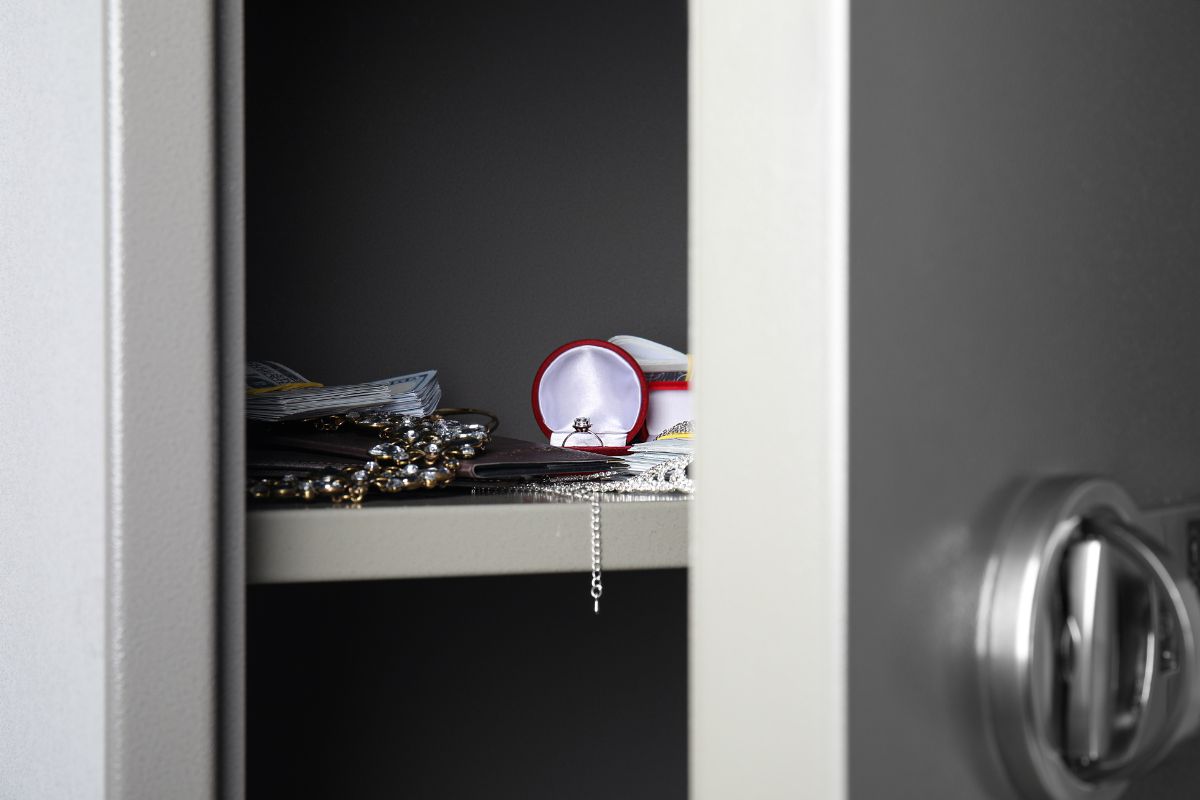
When a diamond falls out of your ring, knowing the details of your insurance policy and warranty can provide significant peace of mind. I'll guide you through understanding your coverage, filing a claim, and the advantages of warranties.
Understanding Your Insurance Policy
Firstly, I must review my insurance policy to clarify what's covered. Loss and theft are typically included, but specific terms about lost diamonds can vary. Most insurers require an appraisal and might only cover my engagement ring up to a certain limit. It's essential for me to know my deductibles and policy limits.
Making an Insurance Claim
If I've lost a diamond from my ring, timely action is crucial. I need to:
- Report the loss to my insurer as soon as possible.
- Provide documentation, such as the original purchase receipt and any appraisals.
My insurer may offer the choice between a cash settlement or replacement. If replacement, they might direct me to a specific jeweler to source a comparable diamond.
Benefits of Having a Warranty
Warranties are different from insurance and are usually provided by the jeweler from whom I purchased my ring. They may cover the replacement of a lost diamond, possibly excluding situations of negligence. To maintain coverage, I may be required to adhere to regular inspection schedules. It’s a good practice to keep warranty documents safe in case they're needed.
Professional Services for Repair and Replacement
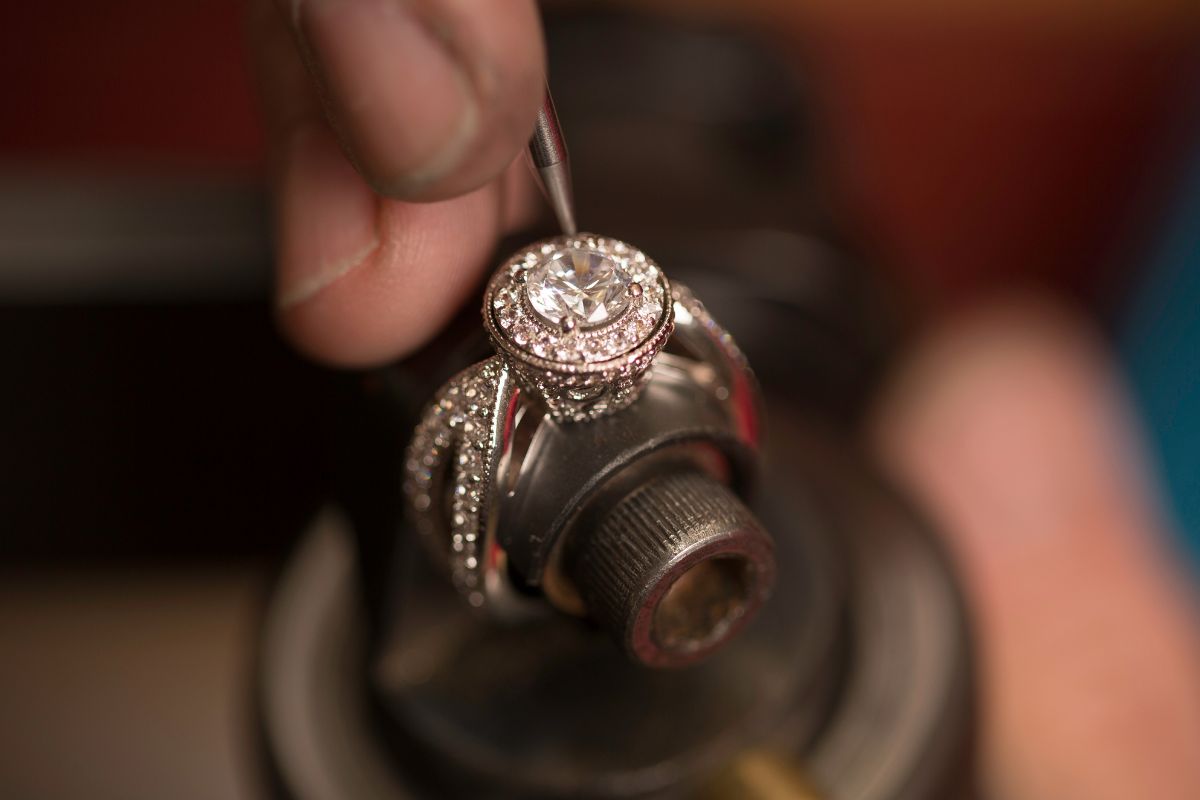
When a diamond falls out of a ring, professional repair and replacement services are essential to restore the piece with precision and care. I ensure to select jewelers proficient in various repair techniques and experienced in handling diamond replacements, whether it's securing a loose stone or sourcing a new one.
Selecting a Trustworthy Jeweler
My first priority is to find a certified jeweler with a strong reputation for diamond ring repair. A trustworthy jeweler conducts a thorough inspection of the ring to advise on the best repair approach. The criteria for choosing a jeweler include:
- Certification: I look for jewelers who have credentials from recognized institutions, such as the Gemological Institute of America (GIA).
- Experience: A jeweler's years of experience and their portfolio demonstrate their capability to meticulously repair intricate settings.
- Reviews: I consider customer testimonials and reviews as they reflect the jeweler's reliability and expertise.
Options for Diamond Replacement
When it comes to diamond replacement, understanding the options available is paramount. I consider the following when discussing replacement services:
- Diamond Sourcing: If the original diamond is lost, I seek professionals who can source a matching replacement, factoring in size and quality.
- Setting Options: The type of setting directly impacts the security of the diamond. I explore setting types, such as prong, bezel, or invisible settings, depending on the ring's design.
- Cost: The cost of repair and replacement can vary. A basic shank replacement might start at $150, while sourcing and setting a new diamond has its own pricing structure, based on the carat and quality of the replacement stone. Small side stones, for instance, could range between $15 to $25.
Ensuring a diamond ring is restored with the right professional services not only brings back its aesthetic but also secures its longevity and sentimental value.
Considerations for Upgrading Your Ring
When I decide to upgrade my ring, be it an engagement ring, wedding ring, or general piece of jewelry, I consider several factors to ensure the upgrade is a sound investment and matches my expectations.
- Budget: Upgrades can vary in cost significantly, so I first determine my budget. I consider current market prices for the new design or stones I desire, ensuring the expense aligns with my financial means.
- Design Aspirations: Whether I'm aiming for more opulence or a modern redesign, the design is pivotal. I list my must-haves, such as diamond size or a particular setting, and any elements I wish to retain from the original piece.
- Jeweler Expertise: I seek a reputable jeweler with expertise in upgrades. They should have a track record of quality craftsmanship and the ability to guide me through the process.
- Value Retention: Considering jewelry is often seen as an investment, I educate myself on how the upgrade will affect the ring's value. For instance, certain modifications can enhance its worth, while others may not.
- Material Quality: Quality is paramount. I insist on high-grade metals and gemstones to ensure longevity and sustained brilliance of the ring.
- Sentimental Value: I weigh the sentimental implications. If the ring holds significant emotional value, such as a family heirloom, I proceed cautiously to uphold its integrity.
By addressing these considerations systematically, I make a well-informed decision that enhances my jewelry meaningfully.
Frequently Asked Questions
In this section, I'll address some common concerns and provide clear, actionable advice for when a diamond has fallen out of your ring.
What steps should I take if my diamond has fallen out of my ring?
First, don't panic; I suggest you secure the area to prevent further loss of the diamond if it's nearby. Next, if you can find the loose diamond, keep it in a safe place. I recommend visiting a professional jeweler as soon as possible to assess the situation and discuss repair options.
How can I prevent my diamonds from falling out of my ring in the future?
To prevent the loss of diamonds, I advocate for regular inspections of your ring. Checking for loose prongs or any rattling by gently shaking the ring near your ear can be helpful. Remember, removing your ring during hands-on activities will significantly decrease the risk of diamond loss.
Are there specific reasons why diamonds may become loose from their settings?
Yes, there are specific reasons. Over time, daily activities can lead to wear and tear of the ring settings. Prongs can get bent or weakened, and sometimes the metal can erode, loosening the grip on the diamond. Sudden impacts can also dislodge diamonds from their settings.
What is the typical cost range for resetting a diamond that has fallen out of a ring?
The cost for resetting a diamond can vary widely depending on the setting type and the work required. It can range from a modest fee for simple prong tightening to more significant costs for replacing or rebuilding prongs or mountings.
Can losing a stone from a ring be covered by jewelry insurance policies?
Yes, many jewelry insurance policies cover the loss of a stone from a ring. I advise reaching out to your insurance provider to understand the specifics of your policy coverage and the process for filing a claim if necessary.
What are the best methods to search for a diamond that has been lost from a ring?
Searching for a lost diamond requires a methodical approach. Ensure the area is well-lit or use a flashlight in a darkened room to look for the sparkle of the diamond. Searching systematically and restricting movement in the area where the diamond was lost can increase the chances of finding it.
Checkout some of our top collections:
- Moissanite Engagement Rings
- Moissanite Earrings
- Moissanite Bracelets
- Moissanite Solitaire Engagement Rings
- Moissanite Mens Engagement Rings
- Moissanite Princess Cut Stones
- Lab Grown Engagement Rings
- Lab Grown Diamond Earrings
- Lab Grown Diamond Wedding Bands
Leave a comment
Please note, comments must be approved before they are published.

